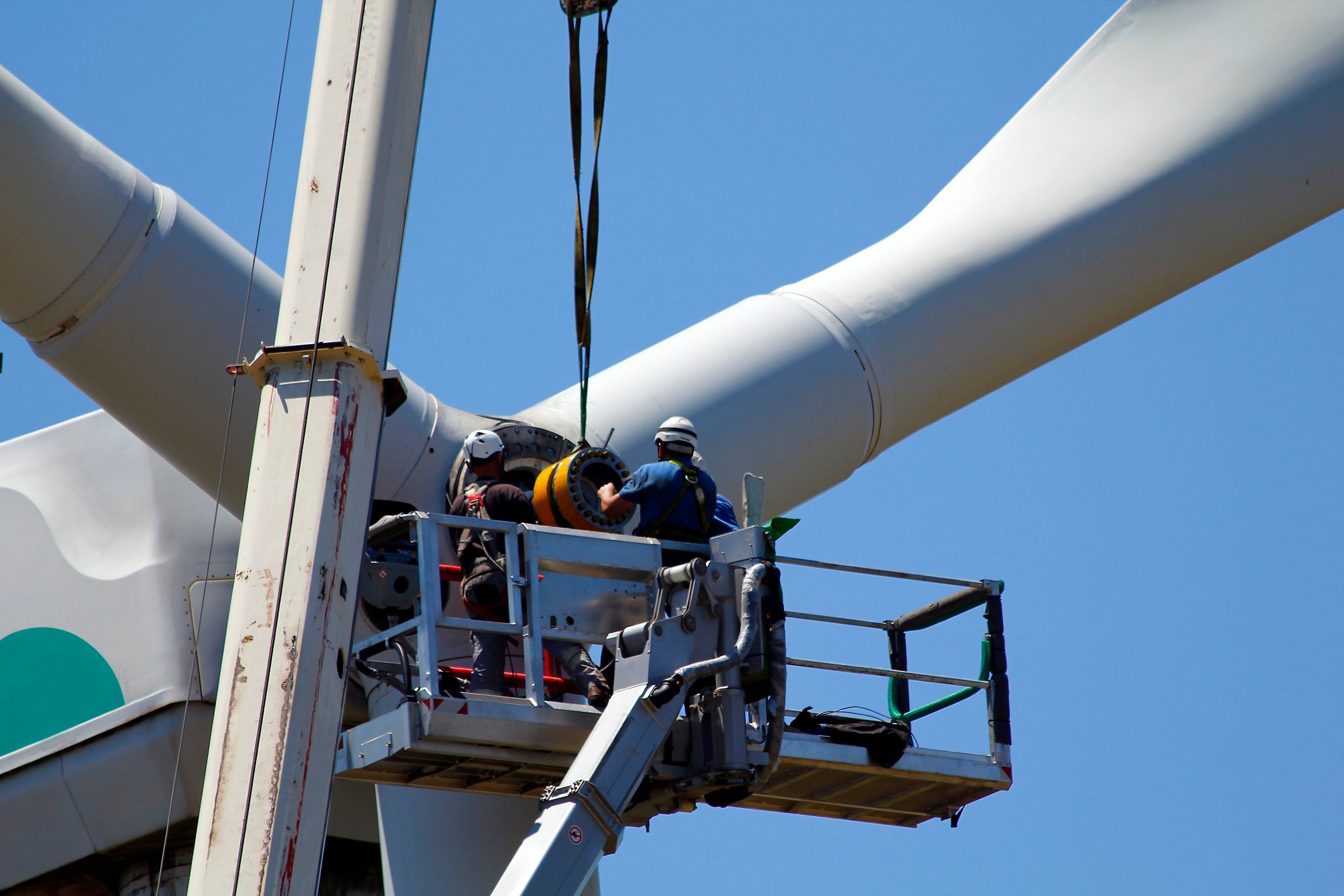
Bridging the Utility Labor Gap
How Technology Can Plug the Hole
The utility construction industry is grappling with significant labor shortages, impacting project timelines, budgets, and overall infrastructure development. Factors such as an aging workforce, declining interest among younger generations, and post-pandemic economic shifts have exacerbated this challenge.
📌 Case Study: Labor Shortages Impacting Texas Water Utilities
A recent report has highlighted the growing shortage of workers in Texas's water and wastewater utilities, posing a threat to the state's water supply and economic growth. Already under pressure from climate change and a burgeoning population, the lack of employees to maintain infrastructure has become a critical issue. The Texas Water Foundation and Texas Rural Funders report that many employees in these utilities are aging and retiring, while the number of qualified replacements dwindles. It's estimated that 30% to 50% of the experienced workforce in these facilities will retire in the next decade. The report suggests strategies such as increasing wages with new certifications to retain employees. Rural communities face the most severe challenges, as talented workers migrate to urban areas.
The Labor Shortage Challenge
✅ Aging Workforce – Many skilled workers are nearing retirement, with insufficient new entrants to fill their roles.
✅ Perception Issues – Younger generations often overlook construction careers due to misconceptions about the industry.
✅ Economic Shifts – Post-pandemic dynamics have led workers to seek opportunities in other sectors, intensifying the shortage.
The Impact of Labor Shortages
Labor shortages can lead to:
❌ Project Delays – Insufficient staffing causes extended timelines and potential financial penalties.
❌ Increased Costs – Higher wages to attract talent and overtime pay for existing staff strain budgets.
❌ Safety Concerns – Overworked crews may experience fatigue, leading to accidents and decreased quality of work.
The Solution: Enhancing Workforce Efficiency with Vitruvi
While Vitruvi doesn't directly address labor recruitment, it offers tools to increase workforce efficiency, automate processes, and optimize project workflows, helping utility construction companies achieve more with fewer resources. By leveraging automation, real-time production reporting, and AI-assisted scheduling, Vitruvi enables companies to reduce manual inefficiencies and improve overall project execution.
✅ Automated Scheduling & AI-Assisted Task Assignment – Optimize project timelines with AI-driven scheduling that adjusts dynamically as timelines change.
✅ Real-Time Production Reporting – Submit production reports via mobile or web, ensuring constant visibility into project progress.
✅ Mobile Field Capabilities – Workers in the field can submit updates via voice commands, reducing downtime and administrative work.
✅ Seamless Extra Work Order Management – Quickly create and manage out-of-scope tasks, ensuring efficient handling of unplanned work.
✅ Intuitive Design Markups & Validation – Field workers can track and submit design markups directly from their mobile devices for streamlined approvals.
✅ Splicing & Validation of Work – Ensure work is done correctly with automated splicing records and built-in validation workflows.
By integrating Vitruvi into their operations, utility construction companies can boost approval efficiency by 2X, reduce billing close-out times by 60%, and accelerate project setup by 8.3X, ensuring that projects stay on schedule despite ongoing labor shortages.
Learn more about Vitruvi's workforce optimization tools
 Looking for practical ways to avoid delays, reduce costs, and improve compliance in your utility construction projects?
Looking for practical ways to avoid delays, reduce costs, and improve compliance in your utility construction projects?
Download our free whitepaper for expert insights and actionable strategies to tackle industry challenges like labor shortages, permitting roadblocks, and safety risks. Start optimizing your utility workflows today!
Subscribe and stay up to date with the newest posts delivered right to your inbox!

